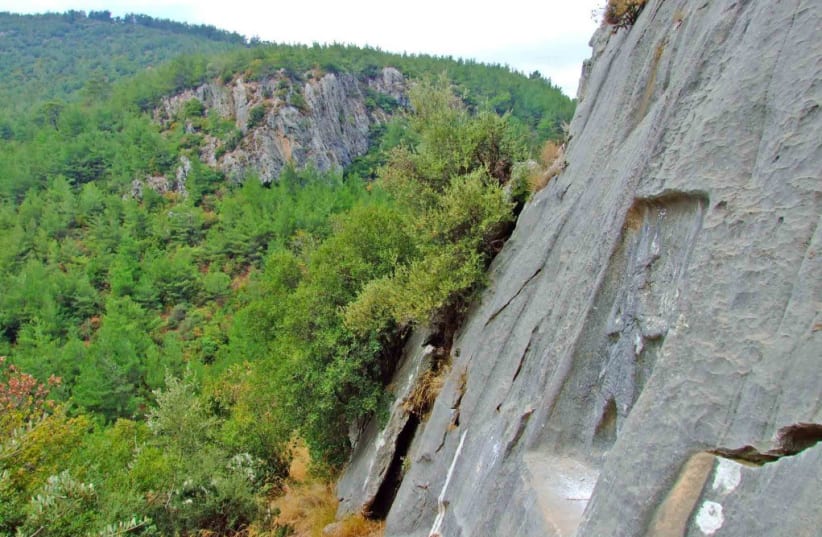Turkish Researchers discovered a 7,800-year-old female figurine at the Ulucak Mound in the Kemalpaşa district of Izmir, Turkey, according to a report by Arkeonews.
The clay figurine, measuring 8 cm tall, was used to perform rituals that people believed increased abundance and fertility.
Arkeonews noted that it was significant that the artifact was found fully intact and that it was only the third of its kind to have been uncovered.
The excavations that led to the discovery were supervised by Dr. Özlem Çevik, Professor of Protohistory and Near Eastern Archaeology at Trakya University in Edirne, Turkey, with the backing of Turkey's Culture and Tourism Ministry, the Kemalpaşa Municipality and the Kemalpaşa Organized Industrial Zone.
Previous excavations found that the early agrarian peoples of the Aegean region were found in the Ulucak Mound and that the first settlers who arrived constructed their homes on top of one another and settled there for 1150 years, according to the Arkeonews report.
Other artifacts recovered from the Ulucak Mound
During the excavations, other artifacts were found, including mother goddess figurines, stone weapons, tools and pots resembling people.
The Ulucak Mound is located in the same place as one of the oldest settlements in Western Anatolia; according to Arkeonews, much can be learned about the cultural history of the region during the Early Bronze Age, the Early Byzantine and the Late Neolithic periods from the architecture at the mound.

